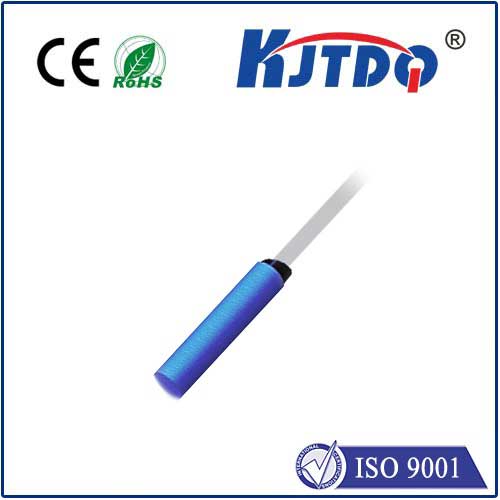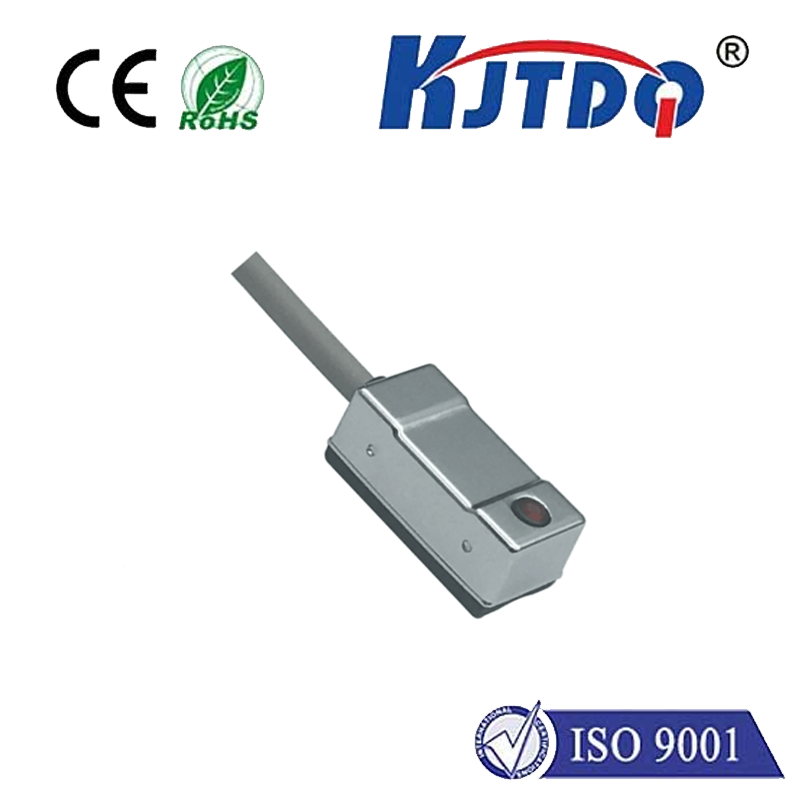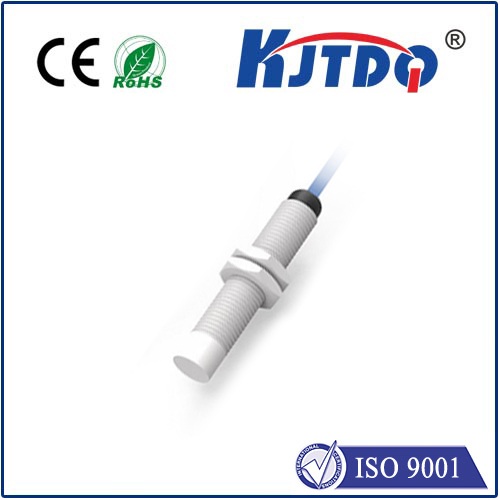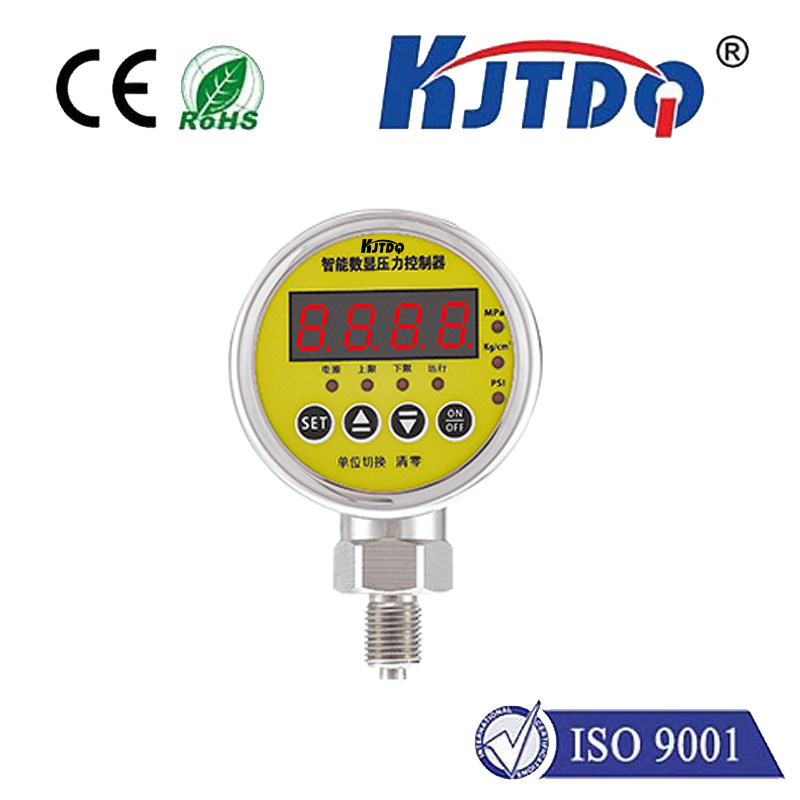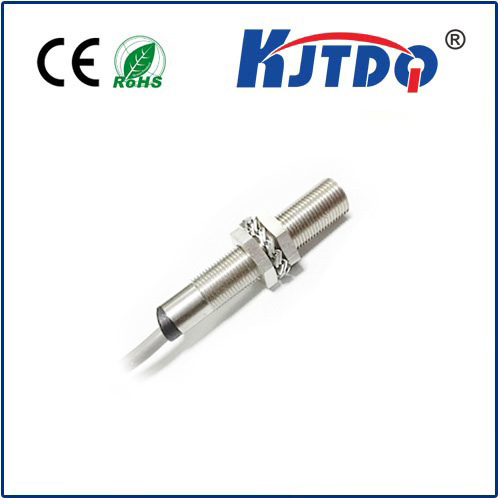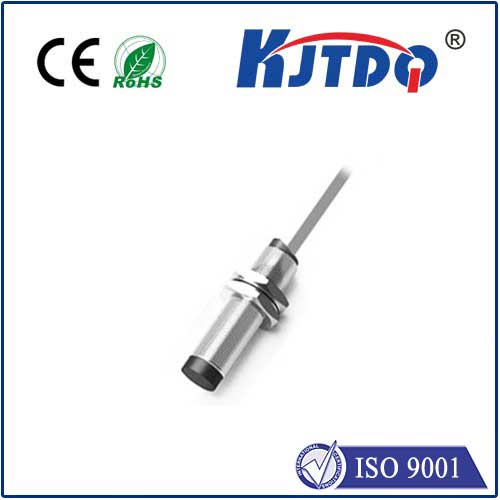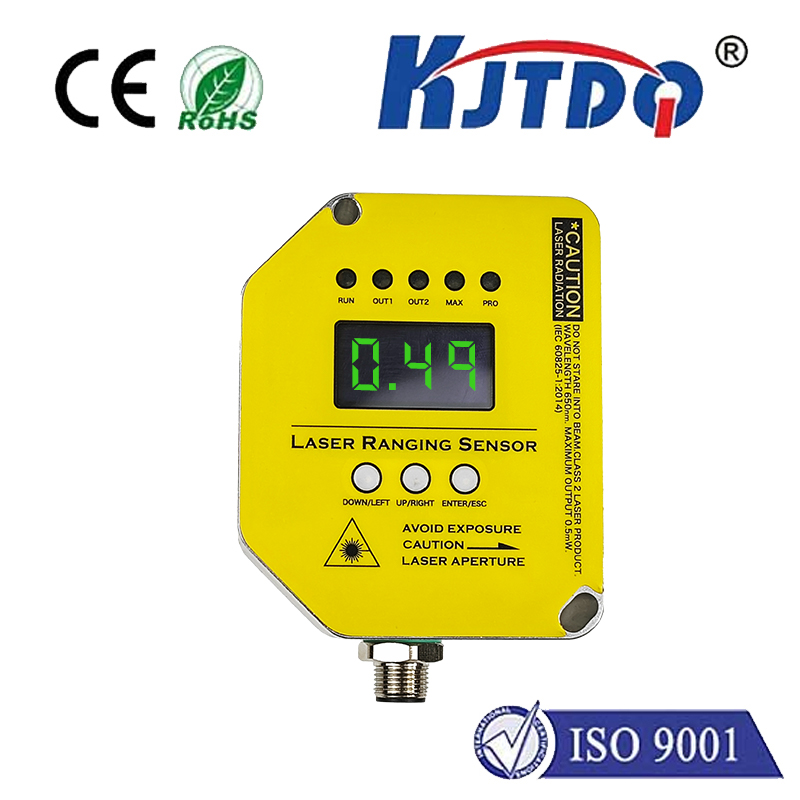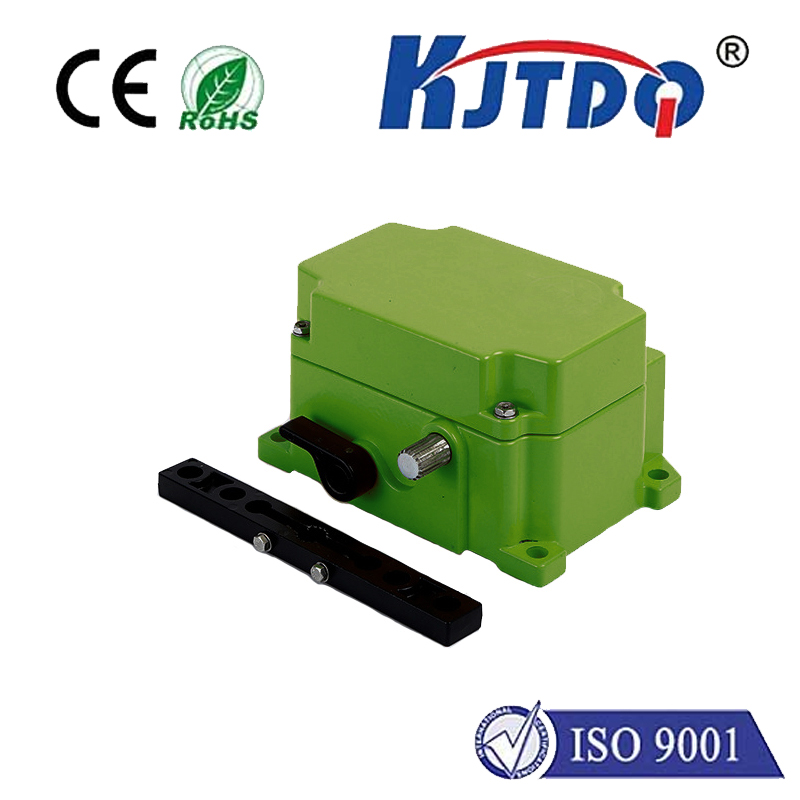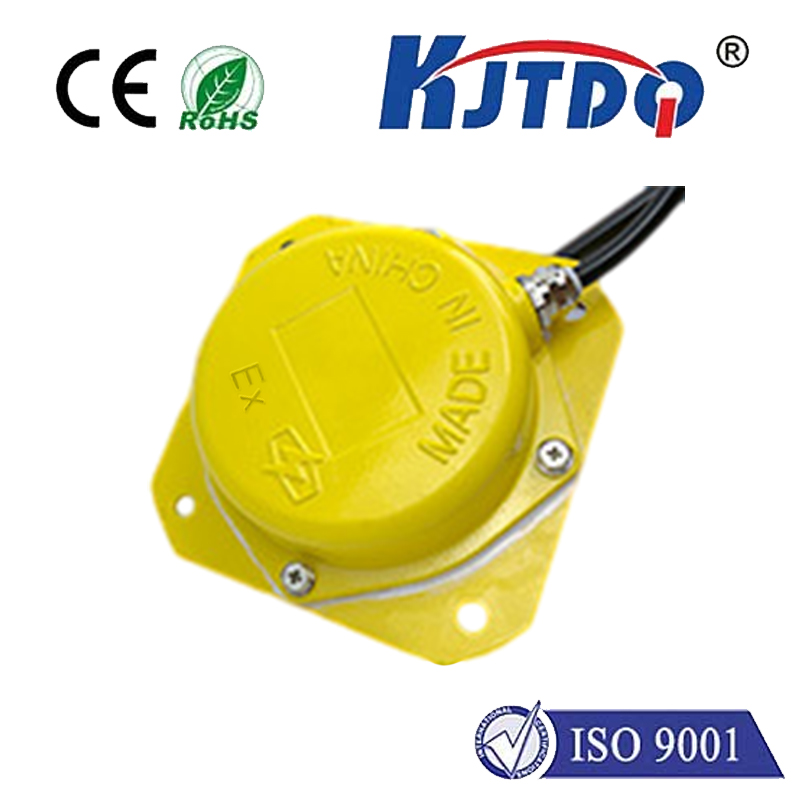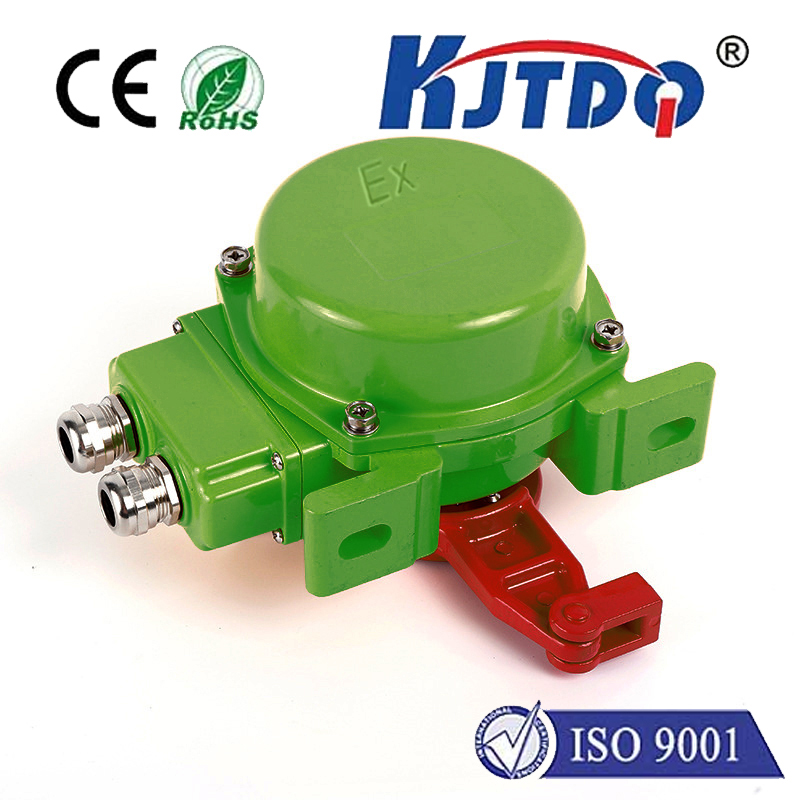
check

check

check

check
Reverse proximity sensors have been making waves in the technology industry due to their innovative design and ability to detect objects from a distance. These advanced sensors are transforming the way we interact with our environments and offer numerous advantages over traditional proximity sensors. In this article, we will delve into the working principles of reverse proximity sensors, their applications in various industries, and their potential future developments.
Section 1: Introduction to Reverse Proximity Sensors
A reverse proximity sensor is a type of infrared (IR) sensor that emits radiation when an object comes into contact with its surface. Unlike traditional proximity sensors, which detect the absence or presence of objects nearby, reverse sensors determine the position and distance of objects. This unique property makes them highly versatile and applicable in a wide range of settings.
Section 2: Working Principles of Reverse Proximity Sensors
The basic principle behind a reverse proximity sensor involves sending out infrared radiation and measuring the time it takes for the radiation to bounce back after striking an object. The sensor then calculates the distance between itself and the object based on this time delay. By analyzing the pattern of reflected radiation, the sensor can determine the position and orientation of the object relative to its surface.
Section 3: Applications of Reverse Proximity Sensors
Reverse proximity sensors find numerous applications in various industries, including:
1. Automotive Industry: Reverse proximity sensors are used in automobiles for lane departure warning systems, adaptive cruise control, and collision avoidance.
2. Industrial Automation: These sensors are employed in manufacturing processes to monitor equipment performance, detect defects, and prevent accidents.
3. Security Systems: Reverse proximity sensors help secure buildings by detecting unauthorized access and triggering alarms or locking mechanisms.
4. Robotics and Artificial Intelligence: Reverse proximity sensors are integral components of robots and drones, allowing them to navigate and interact with their environment accurately.
5. Medical Devices: These sensors are used in medical instruments to measure body temperature, blood pressure, and other parameters.
Section 4: Future Developments and Opportunities
As technology advances, reverse proximity sensors are expected to become even more accurate and reliable. Some potential developments include improved sensing capabilities, enhanced integration with other technologies such as machine learning and artificial intelligence, and increased miniaturization for smaller devices like wearable sensors. Moreover, with their non-contact nature, reverse proximity sensors may also find applications in healthcare, food safety, and environmental monitoring.
Conclusion: Reverse proximity sensors have emerged as a groundbreaking technology with numerous advantages over traditional proximity sensors. From enhancing automotive safety to enabling intelligent robotics, these sensors are transforming various industries and offering endless possibilities for innovation. As they continue to evolve, the future looks bright for reverse proximity sensors, promising even more exciting applications in the years ahead.
